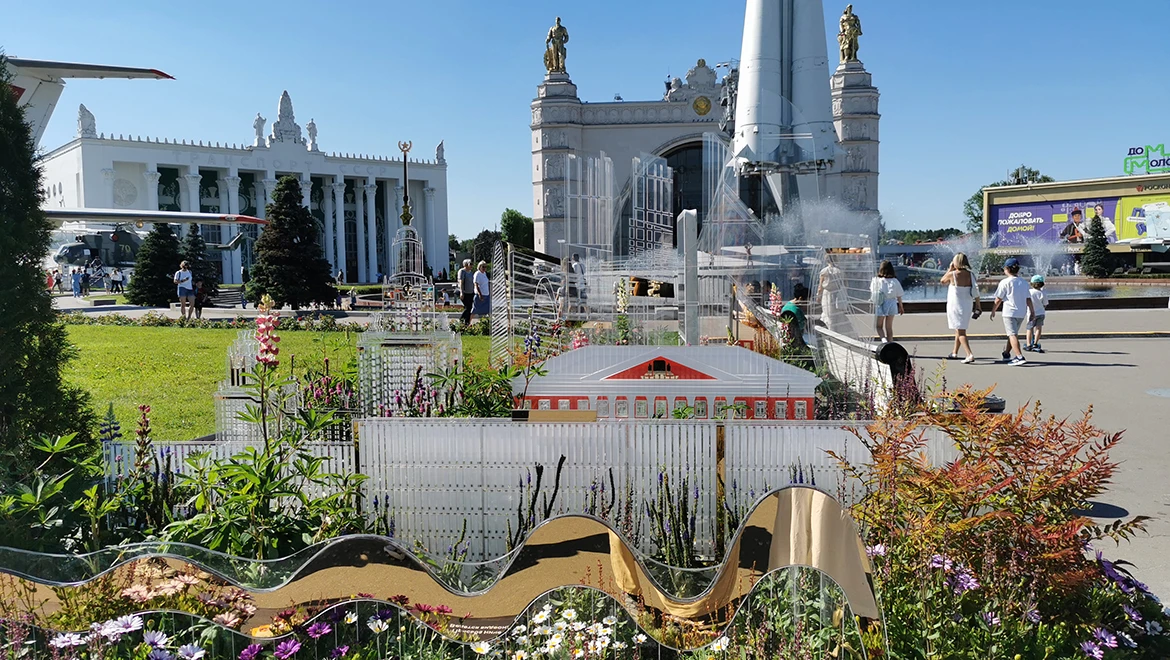Taraxacum leucoglossum dandelion. Murmansk region
At first
glance, what could be more ordinary than a dandelion? However, the Taraxacum
leucoglossum dandelion (or white-tongued dandelion) is a unique plant. It can
only be found in the Murmansk region, on the shores of Turiy Cape in the White
Sea, and nowhere else on Earth!
Unlike the
common dandelions, its flowers are snow-white rather than yellow, and its
leaves are whole and somewhat thick rather than dissected and thin.
Incidentally, what we call a dandelion flower is actually a flower head, an
inflorescence composed of small ray flowers. The leucoglossum dandelion blooms
in June, and by the end of the month, its "parachutes" —
greenish-grey seeds with a long white tuft — are dispersed by the wind. This
dandelion settles on the slopes of coastal cliffs, in crevices, on narrow
ledges, and on steep escarpments a short distance from the water.
The
discovery history of this dandelion is quite intricate: it was discovered
twice. On February 6, 1915, in the city of Helsinki, amateur botanist Magnus
Brenner presented a report at a meeting of the Finnish Zoological and Botanical
Society, stating: "Last summer, during a geological research trip to the
Kola Peninsula in the Arkhangelsk province, my son Tord made a remarkable
discovery, which I have the honor to present here," and he described a new
species — the white-tongued dandelion (Taraxacum leucoglossum). He noted that
his son had found only one plant of this species on the left bank of the Umba
River estuary. Later, in the mid-20th century, botanist Nina Ivanovna Orlova
from the Polar-Alpine Botanical Garden discovered a dandelion with white flowers
on Turiy Cape on the White Sea coast and described it as a new species for
science — Turiy Cape dandelion (Taraxacum turiense). It was later determined
that these plants were the same and had been described as new species for
science twice, but the official name is the one that was first described.
This unique
plant is listed in the Red Books of the Murmansk region and the Russian
Federation. In the wild, the habitat of the dandelion on Turiy Cape is
preserved by the Kandalaksha State Nature Reserve. In cultivation, it can be
seen in the nurseries of the northernmost Polar-Alpine Botanical
Garden-Institute named after N.A. Avrorin of the Kola Science Center of the
Russian Academy of Sciences (PABSI).
"For
93 years, a unique experiment has been conducted here to relocate plants to the
Arctic and select plants for greening settlements, - says PABSI director Evgeny
Borovichev. - Our nurseries preserve many rare species from different regions
of the former Soviet Union and other countries, including this unique
dandelion. It is believed that its closest relatives with white petals inhabit
Central Asia."
The
leucoglossum dandelion can be found not only at Turiy Cape in the Kandalaksha
Reserve and in nurseries but also in numismatic collections. In 2022, the Bank
of Russia issued two-ruble souvenir coins in the "Red Book" series,
one of which featured our northern "blond" dandelion.
Along with the RUSSIA EXPO, the flower festival is also coming to an end.
The "Future in Flowers" festival continues at the RUSSIA EXPO, where unique flowerbeds from all regions of our country can be seen at the "Space" pavilion until July 8.
The RUSSIA EXPO concludes on July 8, and with it, the flower festival will also come to an end.





